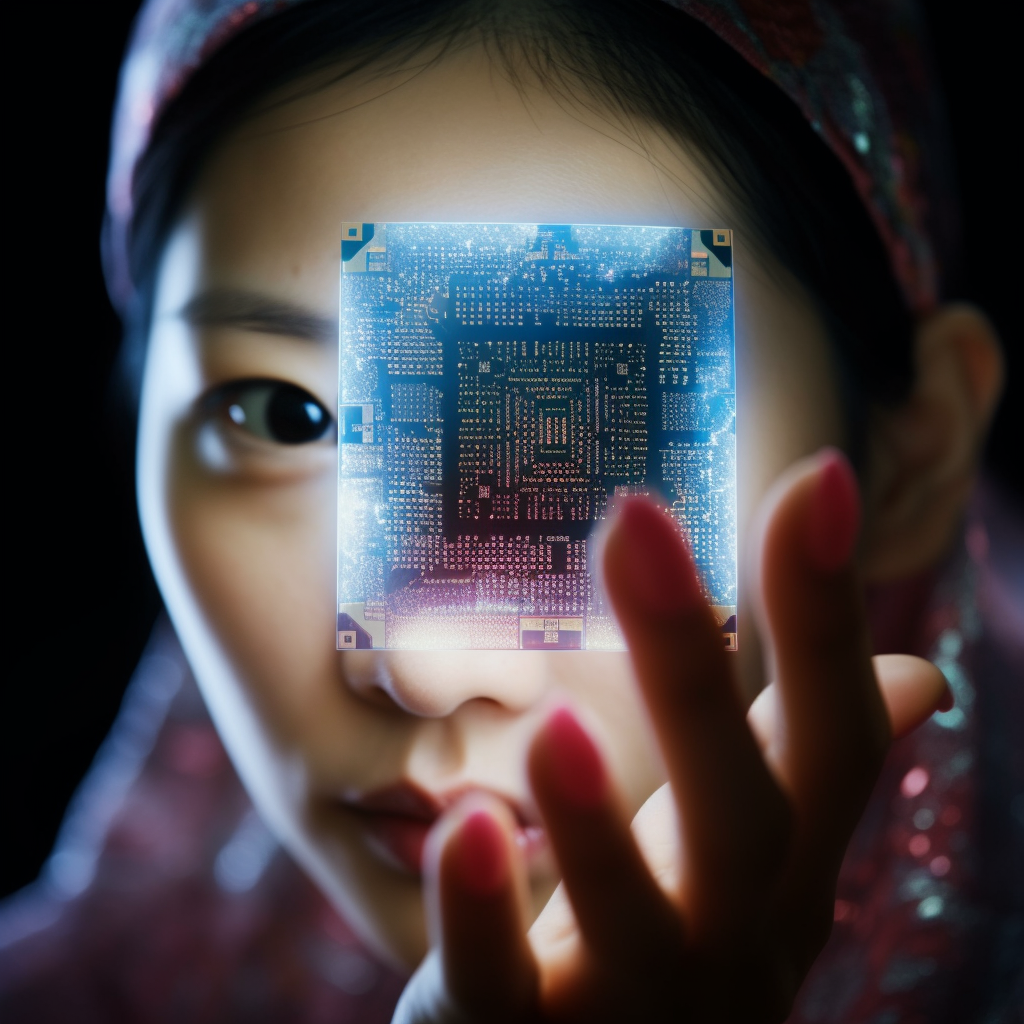October 19, 2023
Chipping In – Navigating the Complex Landscape of U.S.-China Tech Relations
Book a Demo
The Biden administration has recently implemented stricter limits on the sales of advanced semiconductors to China, with the aim of hindering their progress in supercomputing and artificial intelligence. These new restrictions are expected to effectively halt the majority of shipments of advanced semiconductors from the United States to Chinese data centers.
Under the new rules, U.S. companies that wish to sell advanced chips or chip-making equipment to China will now have to either notify the government or obtain a special license. This move is intended to prevent the circumvention of restrictions. Additionally, chip makers will be required to obtain licenses to ship to countries that are subject to U.S. arms embargoes.
It is worth noting that the Biden administration’s new rules on semiconductors extend beyond China, encompassing 21 other countries such as Iran and Russia. This indicates a broader effort to protect critical technologies and maintain a competitive edge in the global tech market.
The export ban will particularly impact advanced artificial intelligence chips, including products like Nvidia’s H800 and A800. By restricting the export of these chips, the U.S. government aims to impede China’s ability to acquire advanced computing chips and develop advanced weapons systems.
This move comes amidst an intensifying tech rivalry between the United States and China. Both countries have been imposing restrictions on chip exports and critical technologies in a bid to safeguard their own national security and maintain dominance in the technological landscape.
Overall, the Biden administration’s stricter limits on the sales of advanced semiconductors to China reflect the ongoing efforts to safeguard national interests and maintain a competitive edge in crucial technological sectors. This move is likely to have significant implications for the global tech market and the evolving dynamics of the U.S.-China relationship.



